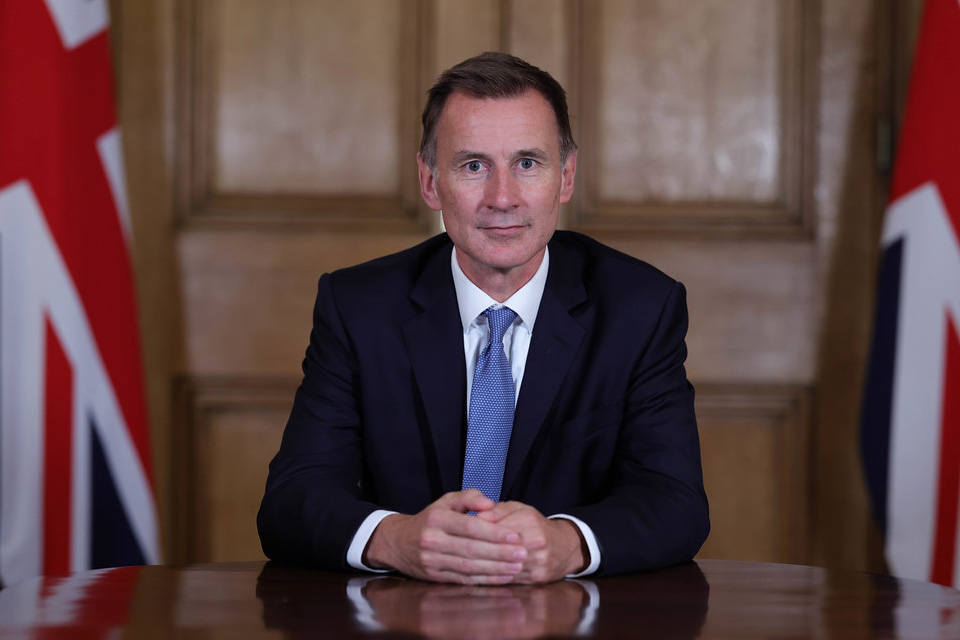Ambulance service in England
Health minister Jeremy Hunt outlines pilot for possible change to the way ambulance services respond to 999 calls.

Today I am announcing that NHS England is to pilot a possible change to the way ambulance services respond to 999 calls, based on clinical advice that this will improve the chances of survival for patients, especially those with the most serious conditions.
In light of the unprecedented increase in demand for ambulance services in the last two months, I asked NHS England to consider whether there were any changes which could be brought forward quickly in order to help ambulance services maintain, and perhaps even improve, clinical outcomes for patients.
I have now received and considered NHS England’s advice. A copy of the letter from Professor Keith Willett, the National Director for Acute Care at NHS England, with his recommendations, is attached and has been placed in the House Library. I agree with his advice that there is significant evidence to suggest that giving call handlers extra assessment time to make the right decision for the patient could improve clinical outcomes and improve their chances of survival. At present, ambulance services are allowed only 60 seconds before the clock starts to decide what the right course of action is for that individual patient. This sometimes leads to ambulances being dispatched unnecessarily, so that fewer ambulances are available for patients who really do need emergency assistance.
In the interests of patient safety, I therefore agree that giving call handlers very limited extra assessment time would ensure that ambulances are better deployed to where they are most needed and would allow a faster response time for those patients who really need it.
I have agreed to two local pilots where call handlers will be allowed up to a maximum of an additional 120 seconds for assessment, before the clock starts, for all 999 calls. This will not include those calls which are immediately life threatening (categorised as Red 1 calls). The pilot will therefore allow for a maximum of 180 seconds to assess a call, in order to reach a more detailed diagnosis and send the most appropriate response.
In these pilot sites, a small number of potentially life threatening conditions, such as overdoses and certain types of gunshot wounds, will also be upgraded from the Red 2 category into the Red 1 category so they receive a faster response than is currently the case.
The two pilot sites will be South West Ambulance Service NHS Trust and the London Ambulance Service NHS Trust – one running the NHS Pathways triage system and one running the Advanced Medical Priority Dispatch System. The pilots will start in February and will jointly cover a patient population of around 13 million people.
During the pilot, ambulance targets for all other areas will not be changed. We will continue to publish national data as normal, and the pilot data will be published alongside this in the interests of transparency. Given the pilots will only be affecting two ambulance services for a very limited period of time at the end of the reporting year, we do not anticipate that this will have a significant impact on the overall national data.
The pilot will be subject to rigorous and independent external evaluation which will be published. I will not support any extension of this pilot more widely unless the following 3 tests are met:
-
There is clear clinical consensus that the proposed change will be beneficial to patient outcomes as a whole, and will act to reduce overall clinical risk in the system.
-
There is evidence from the analysis of existing data and piloting that the proposed change will have the intended benefits, and is safe for patients.
-
There is an associated increase in operational efficiency. The aim is to reduce the average number of vehicles allocated to each 999 call and the ambulance utilisation rate.
After the evaluation has been published, I will consider the outcomes of the three tests and the findings of this external evaluation before making any decisions to implement these changes throughout England.